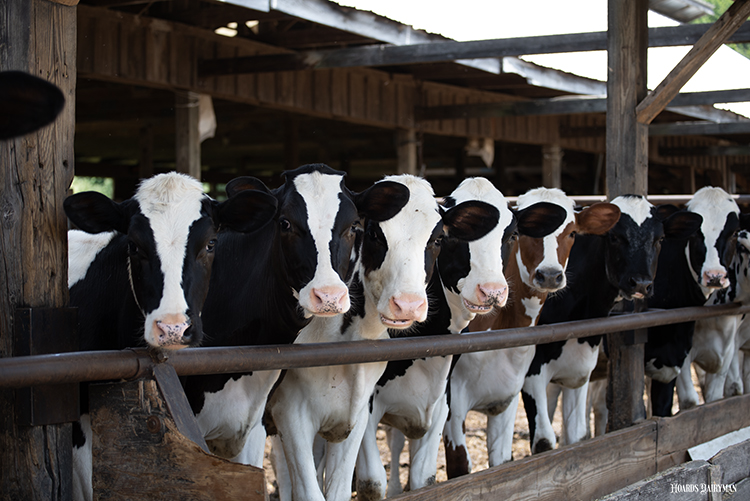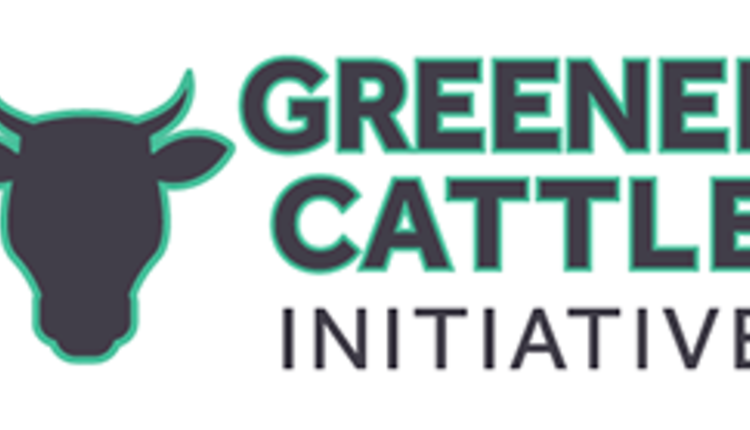
Selective breeding has delivered benefits that are part of our industry’s rich history of effective farming. These breeding methods have improved productivity while using fewer natural resources.
And yet, natural genetic improvement has more benefits to offer if favorable characteristics can be incorporated into selective breeding programs. For example, future generations of dairy cows most certainly will eat less feed and emit less methane while producing the same amount of milk.
So, what environmental benefits can selective breeding offer today? What potential benefits could it offer in the next decade?
Answering these broad questions and advancing the science is the reason why Dairy Management Inc. has started a collaboration with the Council on Dairy Cattle Breeding (CDCB). The aim is to explore the possibility of natural genetic improvement and selective breeding to positively impact environmental sustainability.
This collaboration is important because it will allow both organizations to share knowledge and efforts to enable economically sustainable long-term options for environmental improvement that farmers can choose from. The effort represents another building block toward the industrywide pledge to achieve greenhouse gas neutrality, optimize water usage, and improve water quality by 2050, an important step to continue building consumer trust and sales in dairy.
For the checkoff, there is no better partner in this space than CDCB, which collaborates with U.S. and global partners to produce premier dairy genetic evaluations and data services. CDCB maintains the world’s largest animal database that integrates genomic information and more than 80 years of recorded U.S. dairy animal performance. The organization predicts animals’ genetic merit and distributes genomic and genetic evaluations to drive dairy cattle improvement worldwide.
CDCB is a collaborative effort between four U.S. dairy industry sectors:
- Dairy record providers – state or regional organizations that gather on-farm data for herd management, research, and genetic evaluations.
- Dairy record processing centers – develop computerized software to normalize farm data and transfer it to the CDCB database for research and genetic evaluations.
- National Association of Animal Breeders – unites organizations and individuals engaged in artificial insemination and marketing of U.S. genetics.
- Purebred Dairy Cattle Association – a federation of seven dairy breed registry associations representing 60,000 members.
Dairy farmers already are working with these dairy industry sectors and using CDCB’s Net Merit Index for balanced genetic gains across traits that are genetically and economically important, such as milkfat and protein production, calving and health traits, feet/leg and udder composites, pregnancy and conception rates, livability, and productive life.
This indispensable partnership between two entities deeply committed to the dairy community is designed to discover and enable more long-term options to address environmental challenges. For example, consider the feed savings for a cow that has a lower body weight than a normal herd mate. The smaller animal would consume less feed and be more efficient, equating to about 193-pound savings per lactation without sacrificing production.
Finally, this work is important for the checkoff because it brings additional farmer voices to the discussions on the directions that will support them. I’m also excited at the possibilities for farmers to build herds that use natural resources more efficiently and reduce costs while delivering impacts that help the industry take important steps toward meeting our environmental goals.
To learn more about your national dairy checkoff, visit www.USDairy.com/for-farmers or to reach us directly, send an email to TalkToTheCheckoff@dairy.org.






